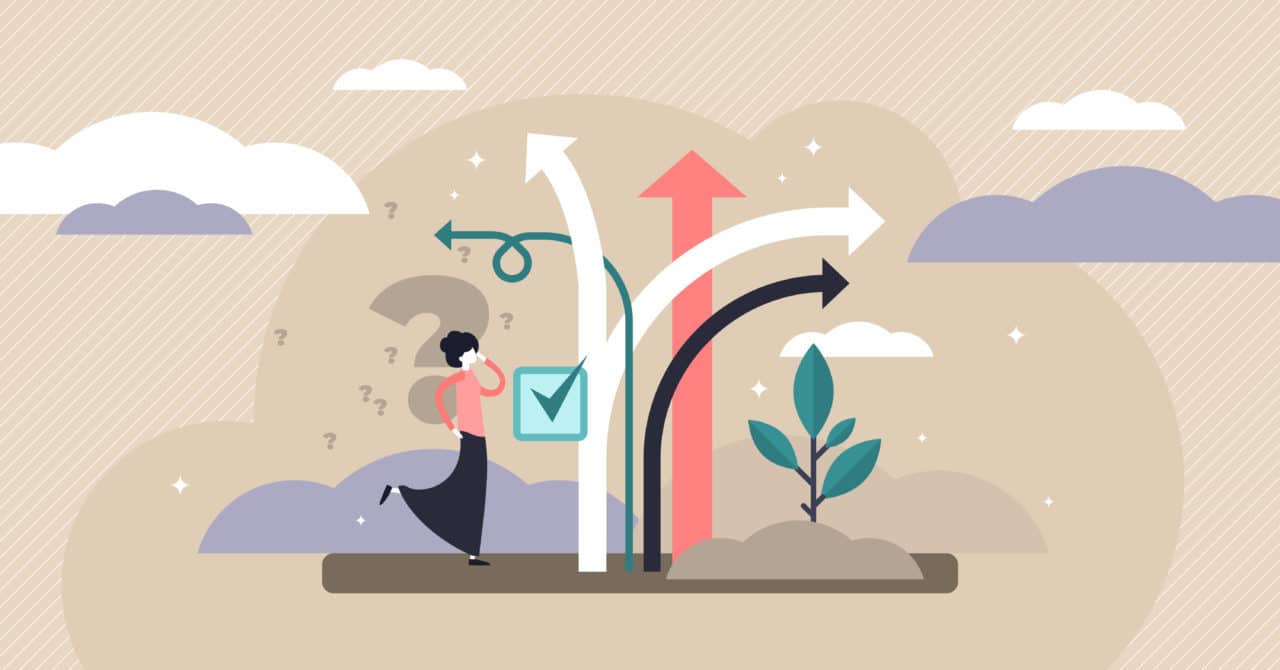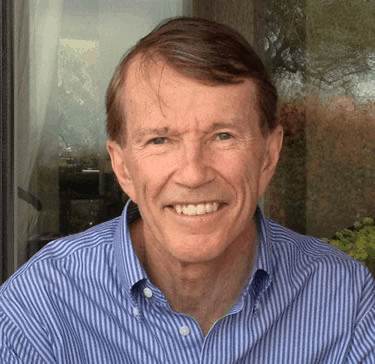by Ralph L. Keeney, IIASA alumnus and Professor Emeritus at Duke University
Ralph L. Keeney is a professor and consultant about decision-making. He was a research scholar at IIASA from 1974-76, where he and Howard Raiffa finished their book Decisions with Multiple Objectives. Here he describes his most recent book, Give Yourself a Nudge: Helping Smart People Make Smarter Personal and Business Decisions, and how it can impact you.

© VectorMine | Dreamstime
Few individuals understand the key role of decisions in one’s life. That is because many things other than decisions can increase the quality of your life. If you improve your professional skills, including your decision-making skills, you will get more job opportunities and end up doing more interesting work with better pay. If you regularly exercise and eat a better diet, your fitness and health will improve. Of course this is true, but none of this could happen without initially making decisions to improve professional skills, to exercise regularly, or to eat a better diet, and then making the routine decisions to follow through to turn your plans into reality. That’s why making decisions is the tool for improving your life. The rest of your life just happens beyond your control.
We all learned to make decisions by trial and error as very few individuals have had any education or training about how to make good decisions. Hence, we each have our own decision-making style composed of habits. Over the last four decades, researchers and scientists in the fields of behavioral economics and psychology have identified numerous biases and shortcomings of the habits used by all decision-makers. A concise summary of these findings is that decisions are often not adequately understood when a choice is made, and the choice of an alternative strongly depends on how the alternatives are presented rather than on their potential impacts.

© Ralph Keeney
My new book, Give Yourself a Nudge presents numerous ways for you to limit the influence of the biases and shortcomings of your natural decision-making habits. It describes and illustrates several different types of personal nudges that guide you to make smarter decisions. These nudges help you clearly define the decision that you face, thoroughly articulate what you want to achieve by making that decision, create better alternatives to consider, and deliberately identify more desirable decisions to face. Personal nudges are applicable to all of your decisions.
My favorite personal nudge concept is called a decision opportunity. To understand this important concept, ask yourself “Who should be making your decisions?” Obviously, you should. So who should be making the decisions about which decisions you should face? This is a more challenging question. My response is that you should be making more of them than you currently are.
You do not choose the decision problems that occur due to the actions of others and circumstances beyond your control, and you must reactively address these decisions. However, you can proactively identify any specific decision that you want to face. I refer to these decisions as decision opportunities.
Pursuing a decision opportunity usually improves your life, whereas solving a decision problem rarely can improve your life. Let me explain. Most decision problems result from something that becomes worse in your life: you become sick, your car is damaged, or you lose your job. Solving such a decision attempts to restore your quality of life to its level before the decision problem occurred. When you create a decision opportunity, nothing in your life becomes worse. Pursuing a decision opportunity should improve circumstances which raises your quality of life.
To create a decision opportunity, all that you initially need to do is think about something you would really like to have or experience for yourself or others. You then define the decision opportunity as ’decide how to make that desired future a reality’. There are no limits to thoughts, so anything you envision can be the basis for a decision opportunity. After you define a decision opportunity, then address it in the same way that you do for a decision problem. Specifically, clarify all of your objectives for that decision opportunity, next create a set of potential alternatives to achieve them, and then select the alternative that best achieves your objectives.
The only reason to make any decision is to achieve something. That something is made clear by identifying the objectives for the decision, which should then guide all effort on that decision. Fully identifying all the objectives for an important policy decision is difficult and often not done. At IIASA, I developed techniques to help stakeholders articulate their objectives, which stimulates the creation of a richer set of alternatives and provides a basis for a more impactful analysis of those alternatives. Fully identifying all of the objectives for any IIASA project today is just as critical as it was in the past.
Note: This article gives the views of the author, and not the position of the Nexus blog, nor of the International Institute for Applied Systems Analysis.

You must be logged in to post a comment.